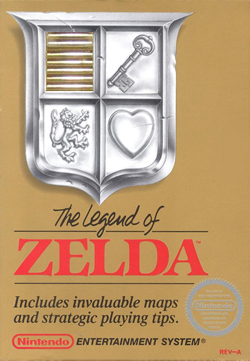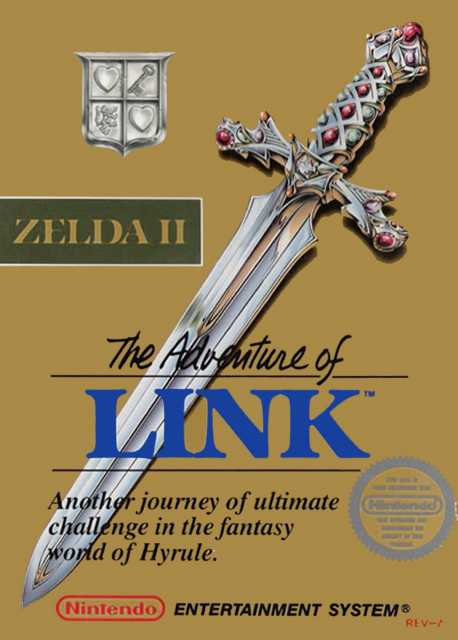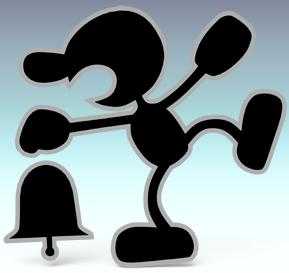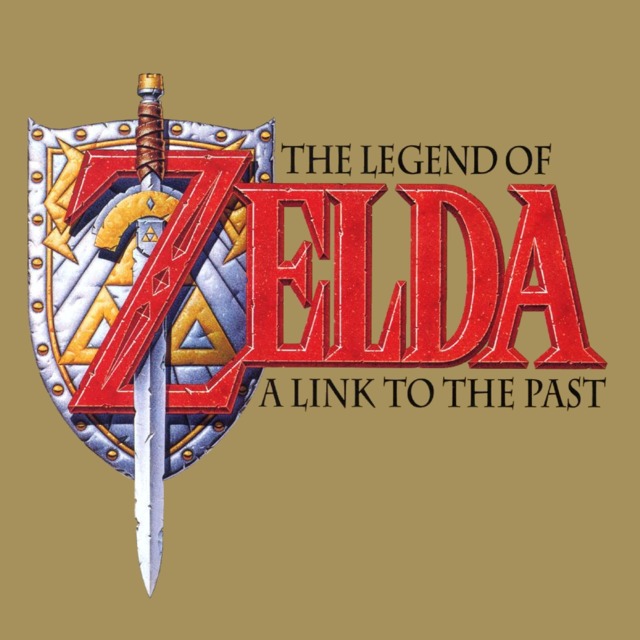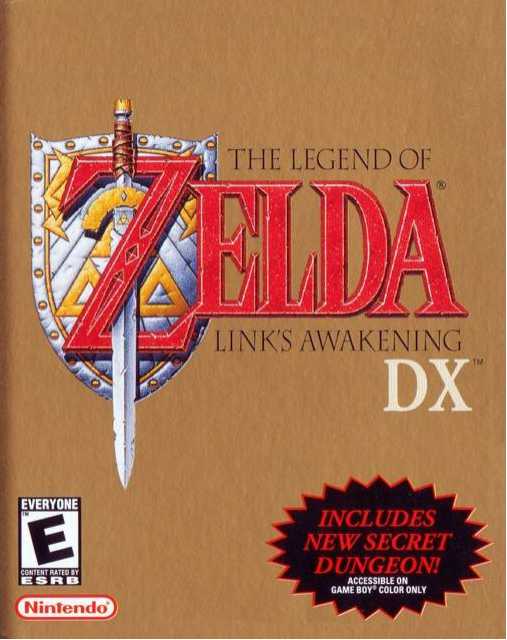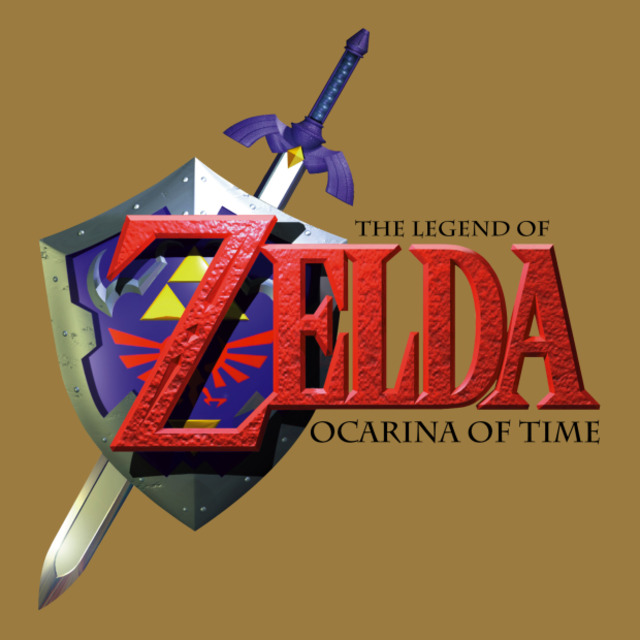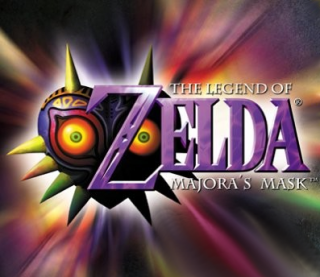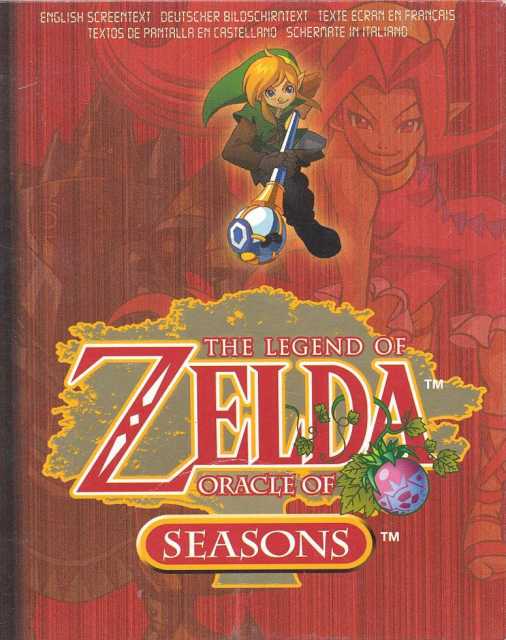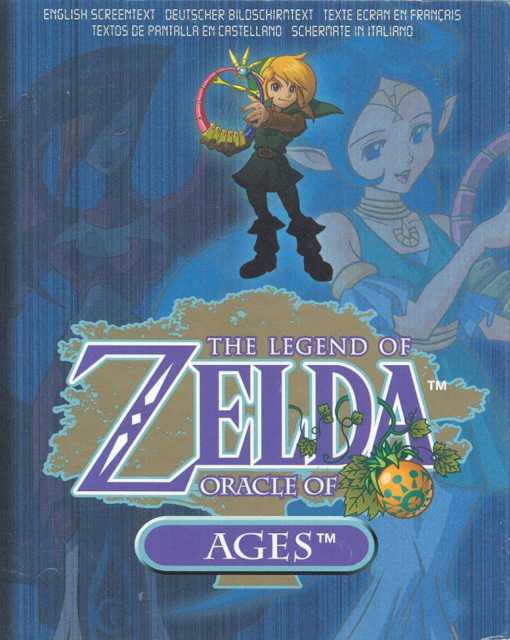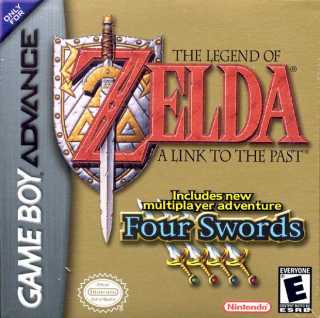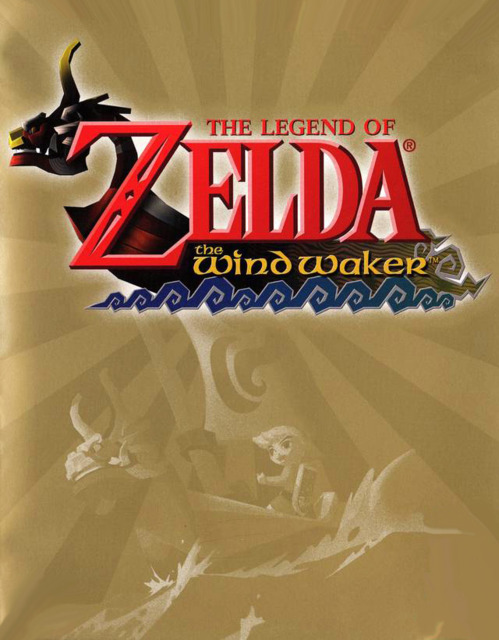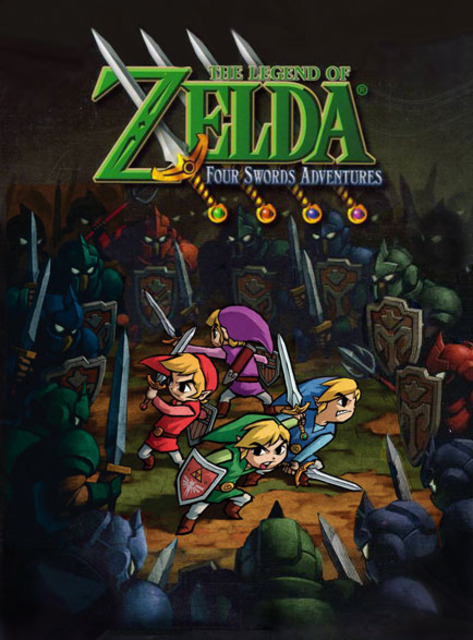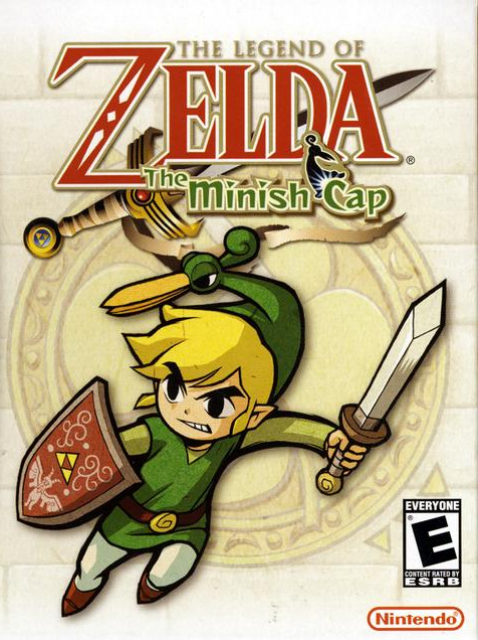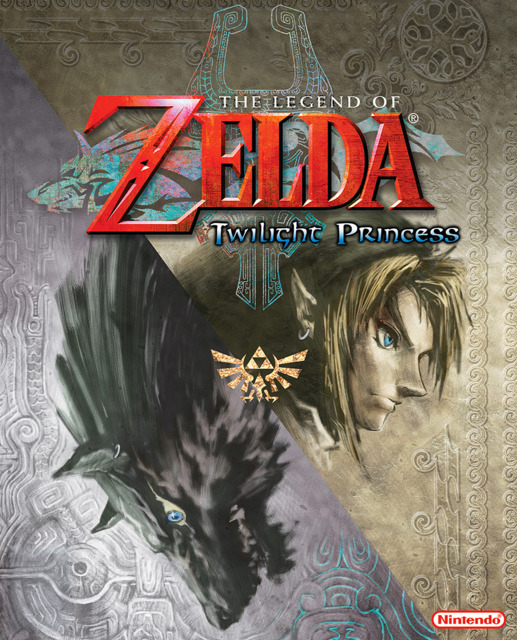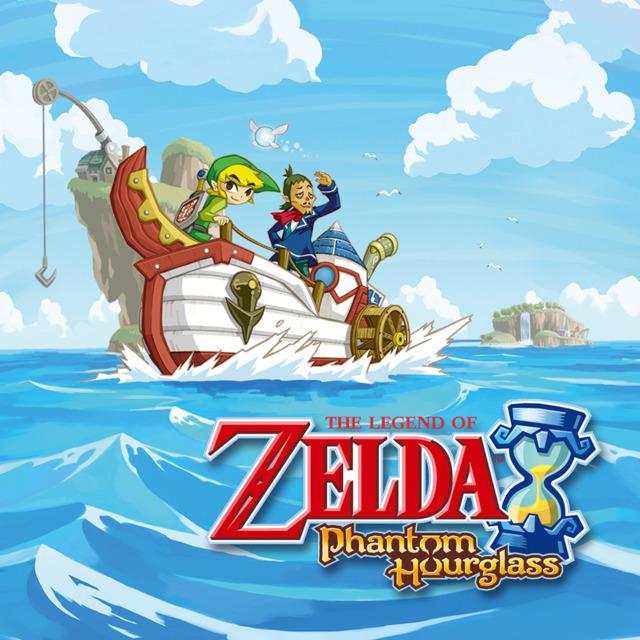*** System played: Wii
*** Version: Virtual Console
*** Date started: 27 January, 2010
*** Date finished: 9 February, 2010
***
This is where my own legend started, a non-braggable 9 years ago, well past the release of Majora's Mask. From a bargain bin in a local electronics store, I would pick up a Nintendo 64-game that I had previously heard of as the best video game ever, all categories. I wish I could say playing it changed my life forever, but let's stay a bit closer to earth. I could see its qualities, but at the time I was somewhat reluctant to play it. At unease with the serious tone and dark atmosphere that the game presented, in comparison to the Mario and Donkey Kong Country games I was more used to at that time, I sometimes asked myself if I was only playing it in lack of interesting alternatives. For many years, I've been quick to bring up Ocarina of Time whenever the topic of "most overrated game" has been discussed. Obviously that must be true, since I've played it to the end at least half a dozen times, bought Wind Waker only for the Master Quest disc and, despite that uncomfortable feeling, really enjoyed it from the start... Okay, seriously, I hereby publicly apologize for all my bad-mouthing of Ocarina of Time. This game is nothing short of wonderful, and it's unbelievable how I couldn't admit that several years sooner. To begin comparing this game to its four predecessors, it's obvious that the third dimension is the primary topic of discussion. The most amazing thing with the Zelda series in its transition to 3D is how little it changed from the original formula, but how much greater it became in the process. Compared to Super Mario 64, which had the series' basic linear-scrolling-obstacle course concept changed to completing missions in large open worlds, Ocarina of Time changes very little from the overworld and dungeon concept as perfected by A Link to the Past. What the new dimension doesn't do with the gameplay however, it truly does with the immersion, the feeling of taking the role as Link and living the legend, and that's what makes the 3D Zeldas truly stand on their own high ground. As a Zelda game in itself, Ocarina of Time does not stand short in storytelling, dungeon design and enjoyable sidequests. Nowhere in the whole game does the story ever go stale, and the child/adult concept creates a fantastic parallel to A Link to the Past's Dark World, with a gracefully added difference in gameplay aside from the basic two-sided world. Yes, A Link to the Past is still more perfect for what it is, but compared to eachother as pure individual games, Ocarina of Time is a greater experience on many levels. I still won't admit the game as the very best of the series, let alone all video games ever, but no longer can I blame those who do. During this playthrough, with an honest mind and an excitement over the whole series in general, I got more enjoyment out of Ocarina of Time than ever before. It also became my first ever 100% completion.

